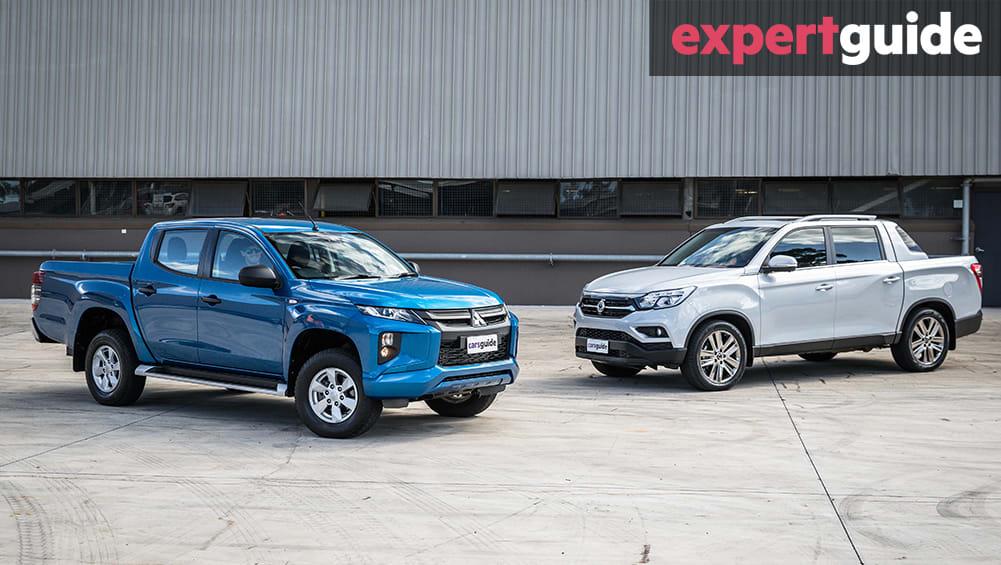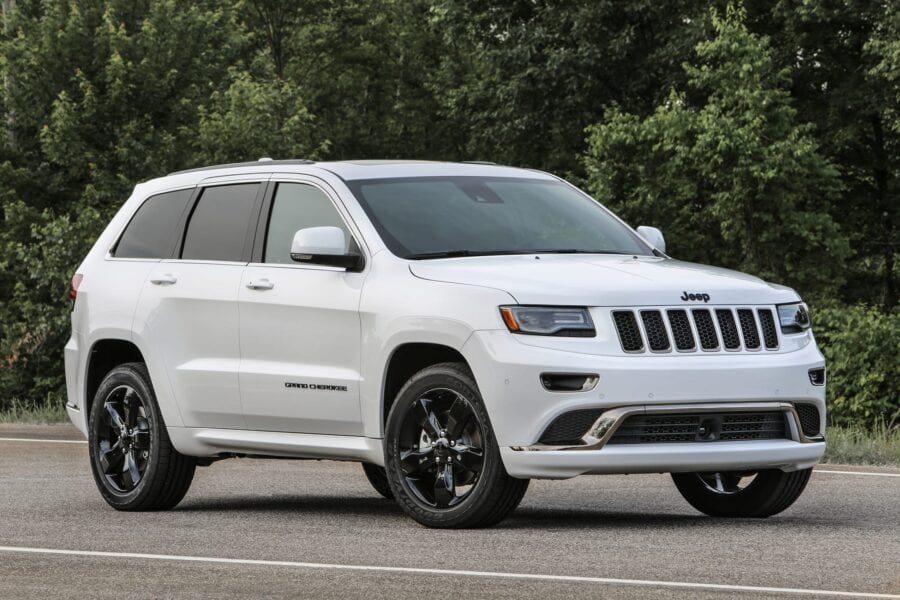
Mitsubishi Triton vs SsangYong Musso comparison review
The two barely know how to cut corners, but there are some stark dynamic differences between them.
The Triton feels more truck-ready, with heavier steering that can wobble a bit at low speeds, and a fairly firm ride when the tray isn't loaded.
The suspension handles the weight a little better in the rear, offering less jolt in bumpy sections and a smoother ride. The extra weight has little to no effect on steering.
The Triton engine is powerful in all situations. Accelerating from a standstill does take time, as there's a bit of low-end lag to contend with, but the grunt on offer is good.
It's slightly louder than the Musso - road, wind and tire noise is more noticeable, and engine noise can be annoying if you're crawling a lot at low speeds. At idle, the engine also vibrates a lot.
But the transmission is smart nonetheless - the six-speed automatic holds gears deftly when there's weight on board, and it doesn't prioritize higher gear engagement for fuel economy over overall handling in a conventional, unladen car.
We measured the amount of rear sag and front lift these bikes experienced with 510kg in the tanks, and the numbers confirmed what the photos suggested. Musso's front end is up about one percent but its tail is down 10 percent, while the Triton's nose is up less than one percent and its rear end is down just five percent.
The Triton felt better with the weight on board, but the SsangYong didn't exactly.
The Musso is let down by its 20-inch wheels and low-profile tires, which make for a hesitant and hectic ride whether you have cargo in the tray or not. The suspension actually handles pretty well in most situations, although it can feel a little wobbly because there isn't the stiffness of a leaf-sprung rear suspension.
SsangYong will apparently introduce an Australian suspension setup to the Musso and Musso XLV at some point, and I personally can't wait to see if the leaf-sprung model has better levels of compliance and control.
Musso is armed with four wheels.
This has affected the Musso's steering, which is even lighter at the bow than usual and is generally easy to turn, but is still fairly accurate at low speeds while it can be a bit difficult at higher speeds. to judge, especially in the center.
Its engine offers a slightly more usable powerband, with fat torque available from lower rpm than the Triton. But the six-speed automatic tends to upshift, and that could mean the transmission is constantly trying to decide which gear it wants to be in, especially when there's cargo in the tank.
One thing that was by some margin better on the Musso is its braking - it has four wheel discs, whereas the Triton holds its own with the drums, and there was a noticeable improvement in the Musso with and without weight on board.
The Triton feels like a truck ready to go.
It was not possible to review the towing of these cars - Ssangyong was not equipped with a tow bar. But according to their manufacturers, both offer a class-standard towing capacity of 3.5 tons with brakes (750kg without brakes).
And although they are four-wheel drive, our goal was to first see how these utes perform in the city. Visit our website for more detailed individual reviews, including an overview of the off-road 4WD components, on each one.
| Account | |
| Mitsubishi Triton GLX + | 8 |
| SsangYong Musso Ultimate | 6 |
